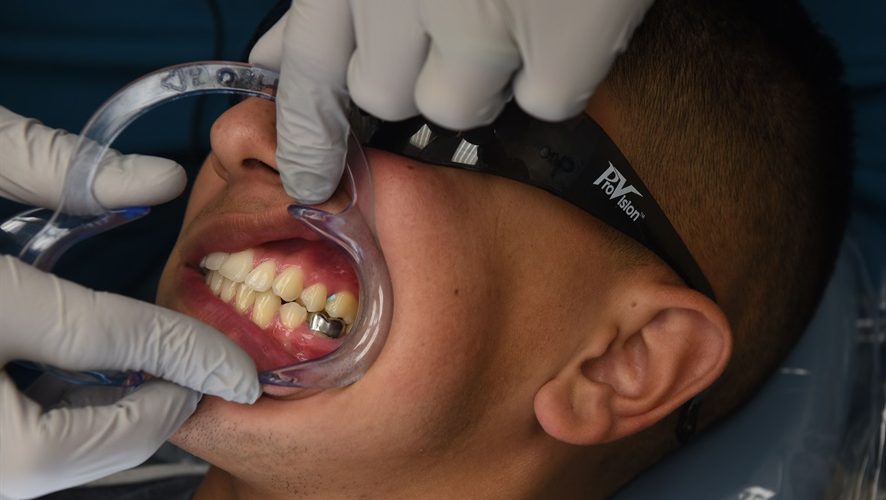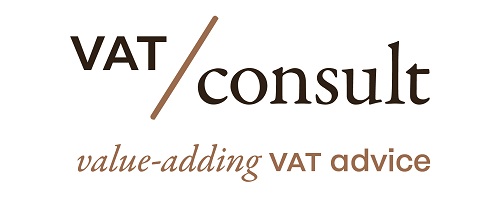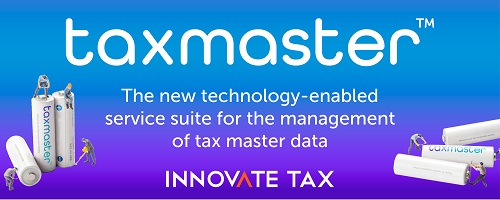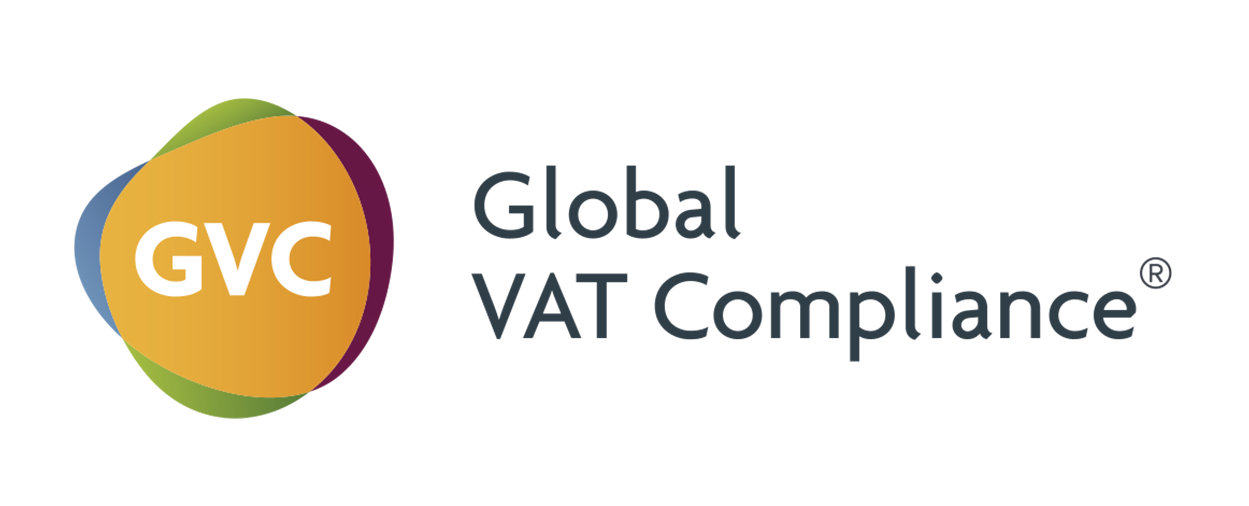Judgment of 25 July 2018 in Case C‑5/17 – DPAS Limited
Facts:
DPAS, which is the acronym for ‘Dental Plan Administration Services’, designs, implements and manages dental plans in the United Kingdom. Those plans, provided by DPAS to dentists, are subsequently practice-branded by DPAS on behalf of the dentists to their patients.
The concept of a ‘dental plan’ refers, in the present case, to an arrangement between a dentist and his patient under which the dentist agrees to provide dental care to the patient, who agrees in return to pay a specified amount monthly, agreed between the dentist and his patient. That plan also includes other services, namely insurance cover for certain risks not covered by the plan and ‘payment administration services’ provided by DPAS.
Patients make monthly payments from their bank accounts to DPAS’s bank account by way of a direct debit mandate. Each of those payments includes the amount due from the patient to the dentist, the amount due from the patient to the insurer and the amount due from the patient to DPAS. Each month, DPAS pays to the dentists the aggregate amount payable to them in respect of all of their patients who have paid the agreed monthly amount, less, inter alia, an amount retained by DPAS as a charge for its services.
The UK tax authorities took the view that DPAS carried out transactions concerning payments and transfers which were exempt from VAT.
Following the judgment in AXA UK (ECJ case C‑175/09, concerning the liability to VAT of services provided by Denplan Ltd, a competitor of DPAS), DPAS restructured the contractual aspects of its dental plans with the intention of henceforth making supplies of (debt-collection instead of exempt financial) services not only to dentists but also to patients, and thus be able to deduct input VAT.
The ECJ ruled that:
The exemption from VAT which is provided for therein for transactions concerning payments and transfers does not apply to a supply of services which consists for the taxable person in requesting from the relevant financial institutions, first, that a sum of money be transferred from a patient’s bank account to that of the taxable person pursuant to a direct debit mandate and, second, that that sum, after deduction of the remuneration due to that taxable person, be transferred from the latter’s bank account to the respective bank accounts of that patient’s dentist and insurer.
Source: Curia















